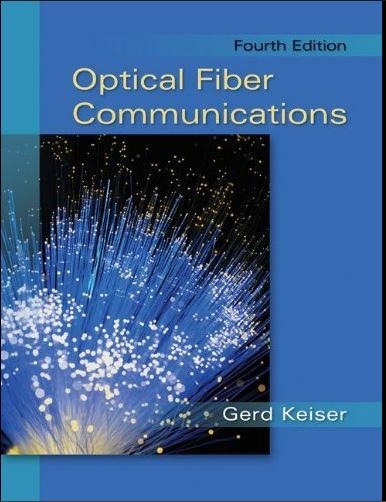
Optical Fiber Communications 4th Edition by Gerd Keiser
Edition 4ISBN: 978-0073380711
Optical Fiber Communications 4th Edition by Gerd Keiser
Edition 4ISBN: 978-0073380711 Exercise 11
Consider the M × N grid of stations shown in Fig. 13.57 that are to be connected by a local-area network. Let the stations be spaced a distance d apart and assume that interconnection cables will be run in ducts that connect nearest-neighbor stations (i.e., ducts are not run diagonally in Fig. 13.57). Show that for the following configurations, the cable length for interconnecting the stations is as stated:
( a ) ( MN l) d for a bus configuration.
(b) MNd for a ring topology.
Fig. 13.57
( c ) MN ( M + N 2) d /2 for a star topology where each subscriber is connected individually to the network hub located in one corner of the grid.
( a ) ( MN l) d for a bus configuration.
(b) MNd for a ring topology.

Fig. 13.57
( c ) MN ( M + N 2) d /2 for a star topology where each subscriber is connected individually to the network hub located in one corner of the grid.
Explanation
Consider the following figure: (a) For ...
Optical Fiber Communications 4th Edition by Gerd Keiser
Why don’t you like this exercise?
Other Minimum 8 character and maximum 255 character
Character 255


